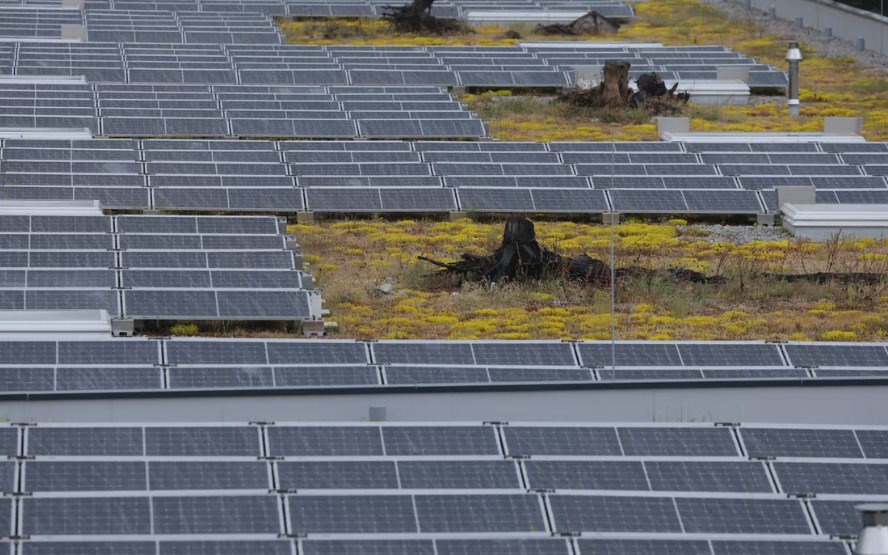The European Union has recently adopted measures to boost its domestic production and supply of green technologies and critical raw materials, in an attempt to catch up with the global leaders in the clean energy race. However, the EU faces many challenges and uncertainties in achieving its goals, as it competes with the massive investments and subsidies of the U.S. and China.
EU sets targets for green tech and raw materials
The EU’s new legislation, the Net-Zero Industry Act and the Critical Raw Materials Act, are part of the bloc’s Green Deal Industrial Plan, which aims to support the green transition and reduce the dependence on foreign imports. The laws set targets for the EU to produce and process a certain percentage of the green technologies and raw materials that it needs to meet its climate goals by 2030.
- The Net-Zero Industry Act requires at least 40 percent of clean tech, such as solar panels, wind turbines, batteries and heat pumps, to be made inside the bloc by 2030.
- The Critical Raw Materials Act requires at least 10 percent of the bloc’s annual consumption of a select number of critical raw materials, such as lithium, cobalt and rare earths, to be mined in the EU and at least 40 percent to be processed in the EU by 2030.
The laws also aim to diversify the sources of imports and reduce the reliance on a single third country, namely China, which is the largest producer of major green technologies and raw materials. The EU hopes to achieve this by strengthening its partnerships with other countries, such as Canada, Australia and African nations, and by promoting responsible and sustainable mining practices.
EU faces competition from U.S. and China
The EU’s green tech strategy is largely a response to the U.S.’s Inflation Reduction Act, which provides $369 billion in green tax credits to boost the domestic industry and create jobs. The U.S. plan is seen as a threat to the EU’s competitiveness and attractiveness for green businesses, as it offers generous incentives and subsidies to lure them across the Atlantic.
The EU also faces a formidable challenge from China, which has been investing heavily in green technologies and raw materials for over a decade, and has established a dominant position in the global market. China accounts for more than 70 percent of the world’s solar panel production, more than 60 percent of the world’s lithium-ion battery production, and more than 90 percent of the world’s rare earths production.
The EU acknowledges that it needs to make strategic choices and investments to keep up with its rivals, and to ensure its security of supply and technological sovereignty. However, the EU’s plan has been criticized for being too little, too late, and too dependent on existing funds and frameworks.
EU faces internal divisions and uncertainties
The EU’s green tech plan also faces opposition and skepticism from within the bloc, as it raises questions about the distribution of funds and benefits among the member states, and the compatibility with the EU’s free market principles and trade rules.
- Some smaller and poorer member states fear that the bulk of the subsidies and tax breaks will go to the bigger and richer countries, such as Germany and France, which have more developed green industries and more influence in the decision-making process.
- Some free market advocates and trade partners worry that the EU’s plan will distort the level playing field and create unfair advantages for the domestic producers, and that it will trigger a subsidy race and a trade war with the U.S. and China.
- Some environmentalists and civil society groups doubt that the EU’s plan will be enough to meet its ambitious climate targets and to ensure a just and inclusive green transition, and that it will address the social and environmental impacts of mining and manufacturing.
The EU’s green tech plan also faces many uncertainties and risks, such as the availability and quality of the raw materials, the technological innovation and cost reduction, the consumer demand and acceptance, and the regulatory and legal frameworks. The EU will have to overcome these challenges and uncertainties, and to cooperate and coordinate with its member states and partners, to achieve its green tech ambitions and to stay in the global race.

